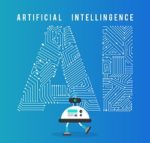Infographic: The Rise of AI in the Call Center Industry
Artificial intelligence will soon break into the call center industry even more to complement the work of human agents, and its wide potential applications are promising. The infographic below courtesy of our friends over at Executive Boutique will show you …
Infographic: The Rise of AI in the Call Center Industry Read more »








